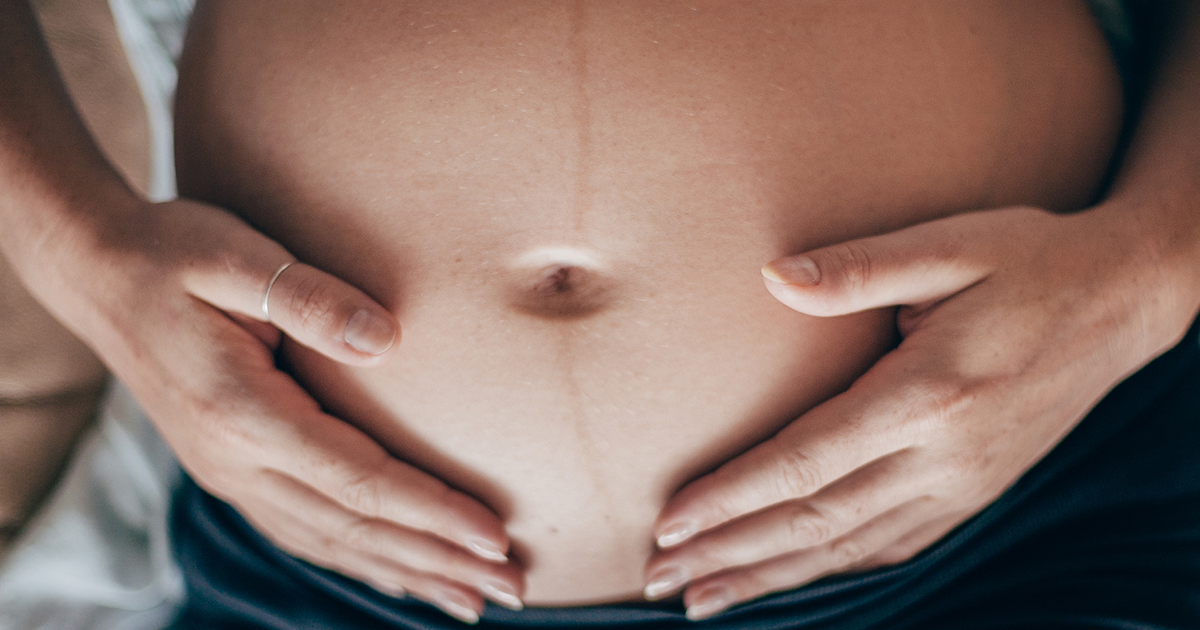The Size of These 2 Newborn Babies Highlights Massive Trend Doctors Warned About

By:
What do two newborn babies born on opposite sides of the globe have in common?
A notably high birth weight, marking a growing trend that has some doctors concerned.
 Stocksy/Vera Lair - stocksy.com
Stocksy/Vera Lair - stocksy.com
Baby Raymond Reyes came into the world at 13.5 pounds in a Northern California hospital on April 30.
"I worked in labor delivery for about seven years and the largest baby I’ve ever seen was a little bit over 10 pounds,” said Jessica Newton, a nurse working in the birth center where the Reyes baby was born. “So, 13 pounds is a big baby. I’ve never seen one that big."
The average newborn baby weighs about 7.5 pounds, although any weight between 5.5 and 10 pounds is considered within the normal range, according to the What to Expect Foundation.
Across the globe in New Zealand, another newborn, who was born on May 8, weighed in at 16 pounds, 4 ounces at a Wellington hospital.
These two recent births in California and New Zealand are exceptional cases, though, since 0.2 percent of live newborns weigh in above 11.02 pounds, according to a 2012 study. However, babies born with significantly higher birth weights may be diagnosed with fetal macrosomia, a diagnosis often given to babies weighing more than 8 pounds, 13 ounces at birth. About 9 percent of newborn babies fit into this category worldwide, according to Mayo Clinic.
The growing number of high-profile, high birth weight cases have some doctors concerned.
Fetal macrosomia may put babies at risk for birth complications including shoulder dystocia, and, in rare cases, even asphyxia resulting in infant mortality, and it may also put the mother’s health at risk during birth.
While the diagnosis may seem overwhelming, researchers have a growing understanding of the risk factors contributing to fetal macrosomia. Maternal diabetes and maternal impaired glucose tolerance are identified as the leading risk factors, along with a history of macrosomic births and maternal obesity.
While intervention is difficult, techniques exist to manage the risk of fetal macrosomia.
“In diabetic patients, tight glucose control before pregnancy can reduce the risk of congenital malformation,” according to a 2012 study from ISRN Obstetrics and Gynecology. “In both diabetic mothers and in those with gestational diabetes, tight control during pregnancy with the use of diet and insulin can reduce the frequency of macrosomia.” The study also notes that careful prevention of maternal obesity may reduce the risk of fetal macrosomia, as well.
These two newborns were not the only high birth weights that gained attention this year. In April, a mom in Melbourne, Australia, gave birth to a 13.25 pound baby boy, and in January, a 14.1 pound baby was born in Louisiana.
While the health concerns associated with a baby having a high birth weight may be serious, both of these recent births resulted in healthy babies leaving the hospital. Baby Reyes of California was taken home after being treated for jaundice, low sodium and low calcium levels in the Neonatal Intensive Care Unit, and the parents of the New Zealand baby have described their child as “happy and healthy.”
